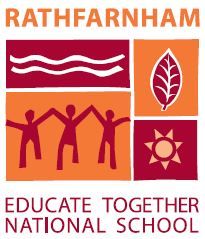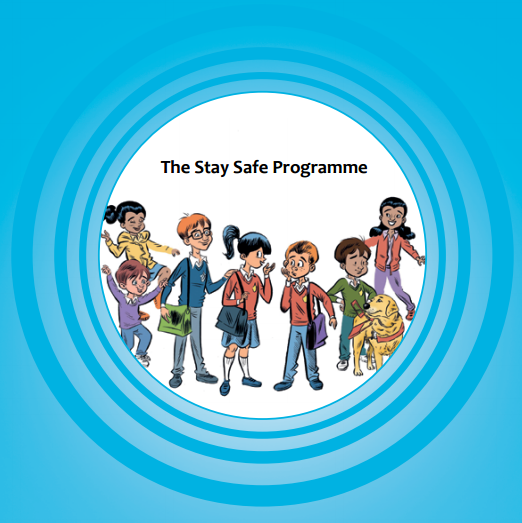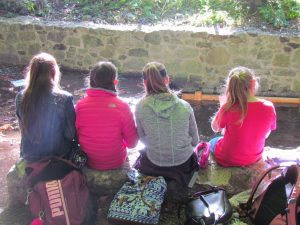The Stay Safe programme is “a personal safety skills programme for primary schools. The aim of the programme is to reduce vulnerability to child abuse and bullying through the provision of personal safety education for children and training for teachers, school management boards and parents.” www.staysafe.ie
Stay Safe is part of the overall Social Personal and Health Education (SPHE) programme and must be delivered from beginning to end in all primary schools. It includes lessons on feelings, friendship, bullying, self-esteem, safe and unsafe touch, how to deal with unsafe touch, saying no, the importance of telling and stranger danger. The programme aims to give children the appropriate language for telling and deals with how to know if they are in an upsetting, unsafe, threatening or dangerous situation. Children are also assured that it is not their fault if they find themselves in any of these situations. Lessons are delivered in interesting and engaging ways, with a lot of use of video, discussion, role play, etc. In fact, it uses all the techniques for good teaching at teachers’ disposal.
As the Stay Safe lessons are part of the overall SPHE programme, a lot of preparatory work is done on nurturing children’s self-esteem, building confidence, enabling children to be assertive and helping children to identify and express their feelings. In this way a climate of mutual trust is built up among the students in the class and with their teacher.
Every opportunity is used in school, whether it is during class, at yard time or assembly time, to develop children’s self-esteem and confidence, since good self-esteem is essential for a child’s happiness and contentment. It is important that teachers, parents and other significant adults in the child’s life also use every possible opportunity to develop the child’s self-esteem therefore communication and co-operation between parents/guardians and teachers is essential to ensure consistency between home and school. To this end the authors of the Stay Safe programme have produced materials for use at home. These online resources give an outline of what the programme is, how it is taught, and how parents and guardians can become involved. It gives valuable information on types of abuse, recognising possible signs of abuse, what to do if you suspect a child is being abused and what you should do if a child tells about abuse. In addition, there is information on protecting children from abuse, bullying, safety on the net and how to engage with the programme for children with special needs, who are often the most vulnerable. A hard copy of the parents’ guide can be downloaded in Irish, French, Polish, Chinese, Latvian, Lithuanian and Spanish, as well as in English.
http://www.staysafe.ie/parents.htm
As the most important people in a child’s life it is essential that parents/guardians are involved in the Stay Safe programme, and it has been shown that programmes like Stay Safe are most effective when parents/guardians are actively involved in the process. Worksheets are sent home during the lessons and this presents an ideal opportunity for parents/guardians to gain insight into what the children are learning and gives opportunities to talk with them about any issues raised in a way that is more personal than in the classroom setting. It also provides opportunities for parents/guardians to talk about their own family rules and to ensure that children are aware of these and what to do if they find themselves in dangerous or unwelcome situations. While primarily a personal skills programme for children, the Stay Safe programme also has the potential to raise public awareness about the problems children can and do experience and has as its overall objective to prevent child abuse, bullying and other forms of victimisation.



Recent Comments